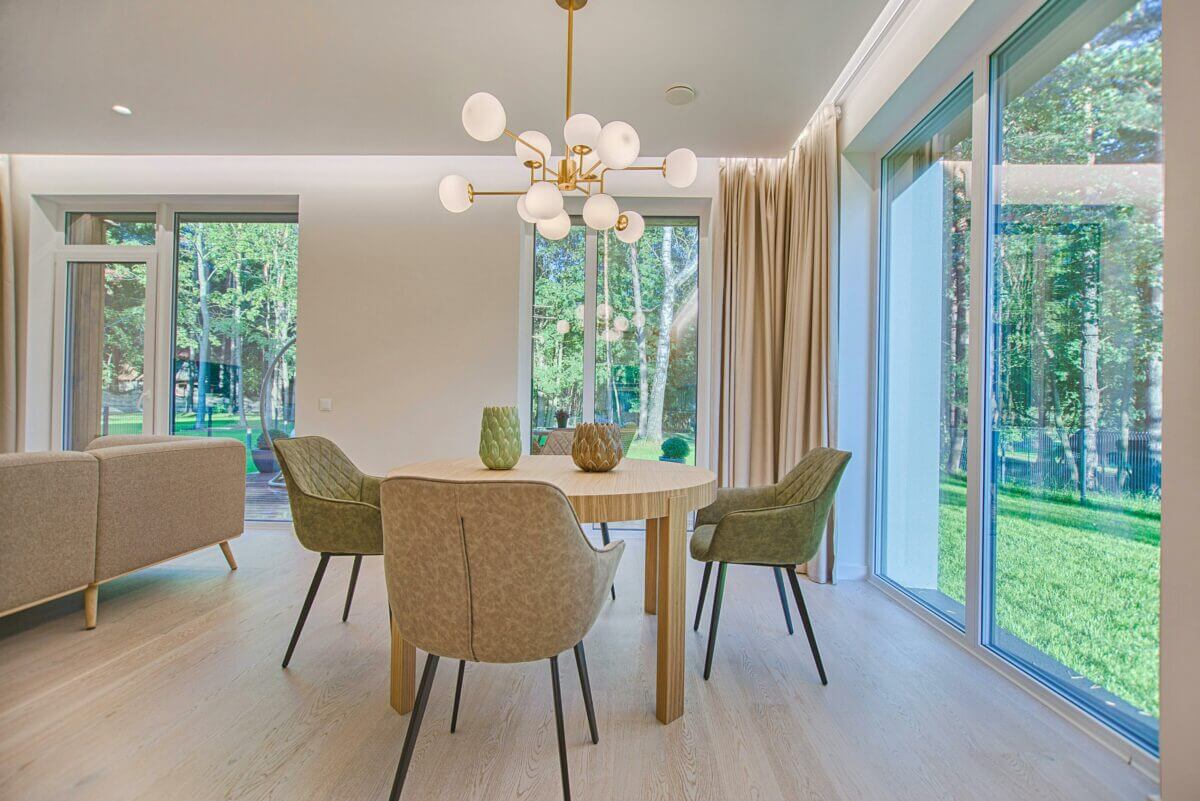
Suburban Shift In Real Estate: The New American Dream
The pandemic has catalyzed a significant shift in living preferences, propelling a mass migration from densely populated urban centres to the more spacious and affordable suburbs. This movement in the real estate market isn’t just a knee-jerk reaction to current events. It’s a trend that experts predict will continue well into the mid-2020s. The suburbs offer lower costs of living, lower taxes, and more space – attributes that have become increasingly valuable. This trend has changed where people want to live while also influencing the types of properties in demand. It has notably increased the attractiveness of single-family homes in these areas, as well.
Sun Belt’s Rise: A New American Hotspot
Parallel to the suburban migration, the Sun Belt has experienced a remarkable influx of residents. Spanning from the southeastern to the southwestern United States, this region has become a magnet for both retirees and younger professionals alike, drawn by the lure of lower taxes, affordable housing, and generally warmer weather. This demographic and economic shift has translated into a real estate boom. Furthermore, cities like Austin, Phoenix, and Nashville emerged as frontrunners in the market. The Sun Belt’s rise is reshaping the national landscape of housing demand and real estate investment. It also underscores the region’s growing influence in the American housing narrative.
Remote Work Impact On Real Estate Market: Office Space Redefined
The transformation in work culture brought about by the pandemic, particularly the rise of remote work, has left a lasting impact on the office real estate sector. With many companies adopting more flexible work policies, the demand for traditional office spaces has plummeted. This created a bifurcated market with significant disparities between highly sought-after buildings and those left behind. Moreover, the latter has prompted a reevaluation of the purpose and utility of office spaces. As a result, some cities and businesses are considering repurposing or even demolishing less desirable buildings. The future of office real estate is now being reimagined as stakeholders explore new uses and configurations to align with evolving work habits.

Escalating Home Prices: The Affordability Dilemma
Despite the various shifts in the real estate landscape, one enduring issue is the affordability crisis. Rising home prices, exacerbated by low inventory and high demand, especially in suburban areas and the Sun Belt, have made homeownership increasingly inaccessible for many Americans. Higher interest rates compound this issue, making mortgages more expensive and further straining affordability. The real estate community is grappling with finding sustainable solutions to ensure that the dream of homeownership remains attainable for a broader segment of the population.
Green Revolution: Real Estate’s Sustainable Shift
Lastly, the growing awareness of climate risks and sustainability is driving major changes in real estate practices. Property owners and developers now face stricter regulatory requirements. They also encounter greater market pressure to minimize environmental impacts. Consequently, there has been a surge in green building practices and energy-efficient designs. These efforts aim to reduce the carbon footprint of buildings. As these practices become more widespread, they enhance the sustainability of real estate assets. Moreover, they increase their attractiveness to environmentally conscious consumers and investors.
The real estate trends for 2024-2026 indicate a period of significant transition and opportunity. We are witnessing a suburban renaissance and the rise of the Sun Belt. At the same time, office space is evolving, and the affordability crisis is intensifying. These shifts are transforming the American real estate landscape. Additionally, the emphasis on sustainability is redefining industry standards and priorities. This shift is paving the way for a more resilient and environmentally responsible future. As these trends evolve, they will surely influence the strategies and decisions of real estate professionals and investors.




